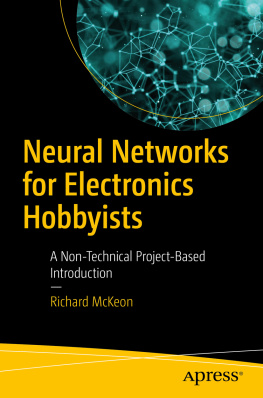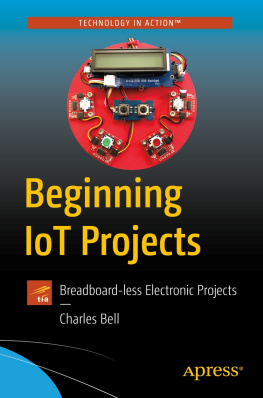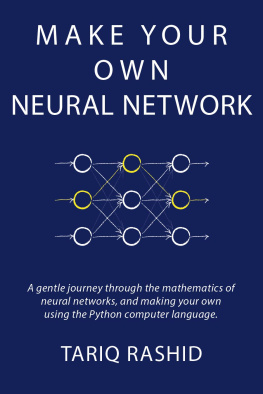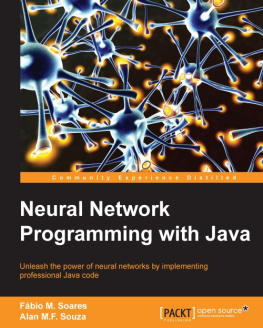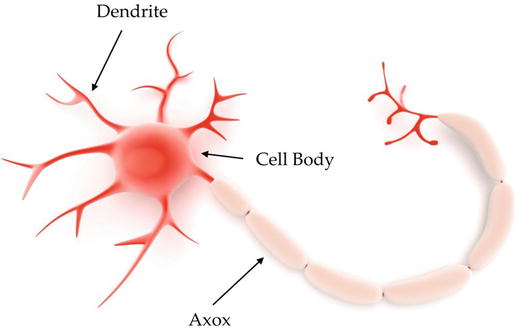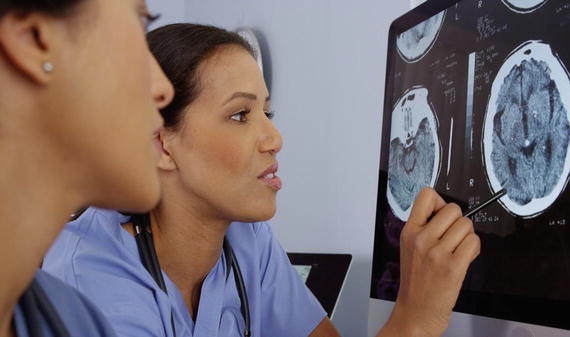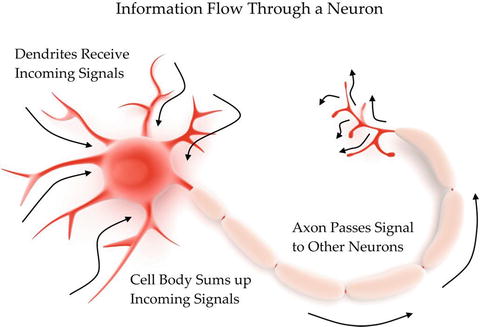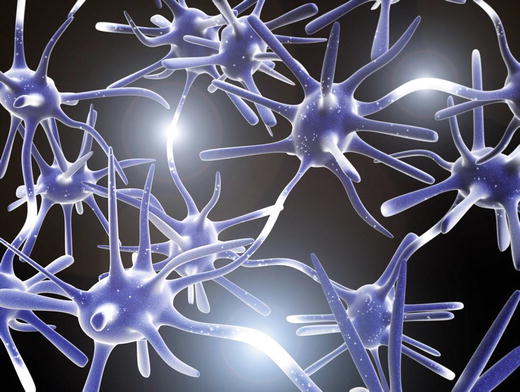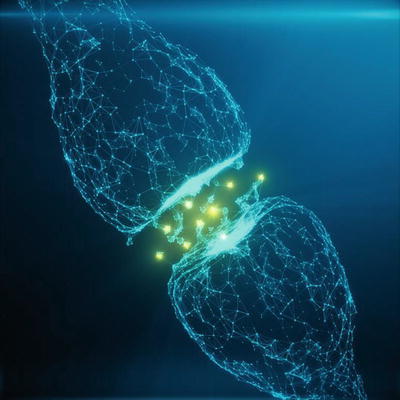Richard McKeon - Neural Networks for Electronics Hobbyists: A Non-Technical Project-Based Introduction
Here you can read online Richard McKeon - Neural Networks for Electronics Hobbyists: A Non-Technical Project-Based Introduction full text of the book (entire story) in english for free. Download pdf and epub, get meaning, cover and reviews about this ebook. year: 2018, publisher: Apress, genre: Home and family. Description of the work, (preface) as well as reviews are available. Best literature library LitArk.com created for fans of good reading and offers a wide selection of genres:
Romance novel
Science fiction
Adventure
Detective
Science
History
Home and family
Prose
Art
Politics
Computer
Non-fiction
Religion
Business
Children
Humor
Choose a favorite category and find really read worthwhile books. Enjoy immersion in the world of imagination, feel the emotions of the characters or learn something new for yourself, make an fascinating discovery.
- Book:Neural Networks for Electronics Hobbyists: A Non-Technical Project-Based Introduction
- Author:
- Publisher:Apress
- Genre:
- Year:2018
- Rating:5 / 5
- Favourites:Add to favourites
- Your mark:
Neural Networks for Electronics Hobbyists: A Non-Technical Project-Based Introduction: summary, description and annotation
We offer to read an annotation, description, summary or preface (depends on what the author of the book "Neural Networks for Electronics Hobbyists: A Non-Technical Project-Based Introduction" wrote himself). If you haven't found the necessary information about the book — write in the comments, we will try to find it.
Learn how to implement and build a neural network with this non-technical, project-based book as your guide. As you work through the chapters, youll build an electronics project, providing a hands-on experience in training a network.
There are no prerequisites here and you wont see a single line of computer code in this book. Instead, it takes a hardware approach using very simple electronic components. Youll start off with an interesting non-technical introduction to neural networks, and then construct an electronics project. The project isnt complicated, but it illustrates how back propagation can be used to adjust connection strengths or weights and train a network.
By the end of this book, youll be able to take what youve learned and apply it to your own projects. If you like to tinker around with components and build circuits on a breadboard, Neural Networks for Electronics Hobbyists is the book for you.
What Youll Learn
Gain a practical introduction to neural networks
Review techniques for training networks with electrical hardware and supervised learning
Understand how parallel processing differs from standard sequential programming
Who This Book Is For
This book anyone interest in neural networks, from electronic hobbyists looking for an interesting project to build, to a layperson with no experience. Programmers familiar with neural networks but have only implemented them using computer code will also benefit from this book.
Richard McKeon: author's other books
Who wrote Neural Networks for Electronics Hobbyists: A Non-Technical Project-Based Introduction? Find out the surname, the name of the author of the book and a list of all author's works by series.

